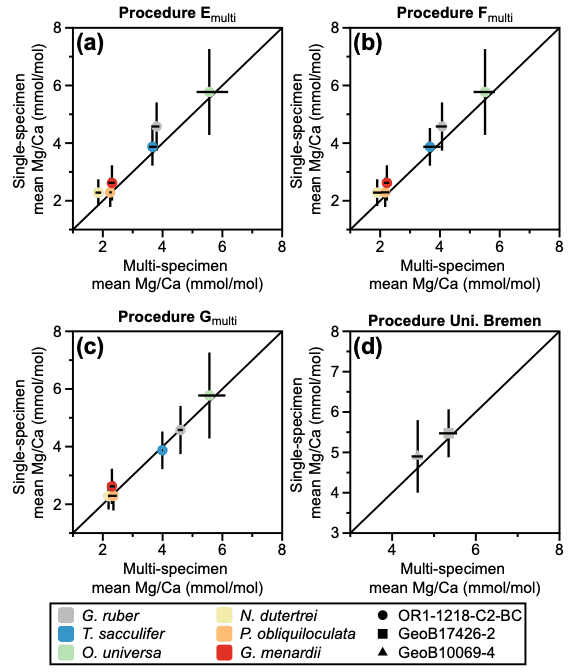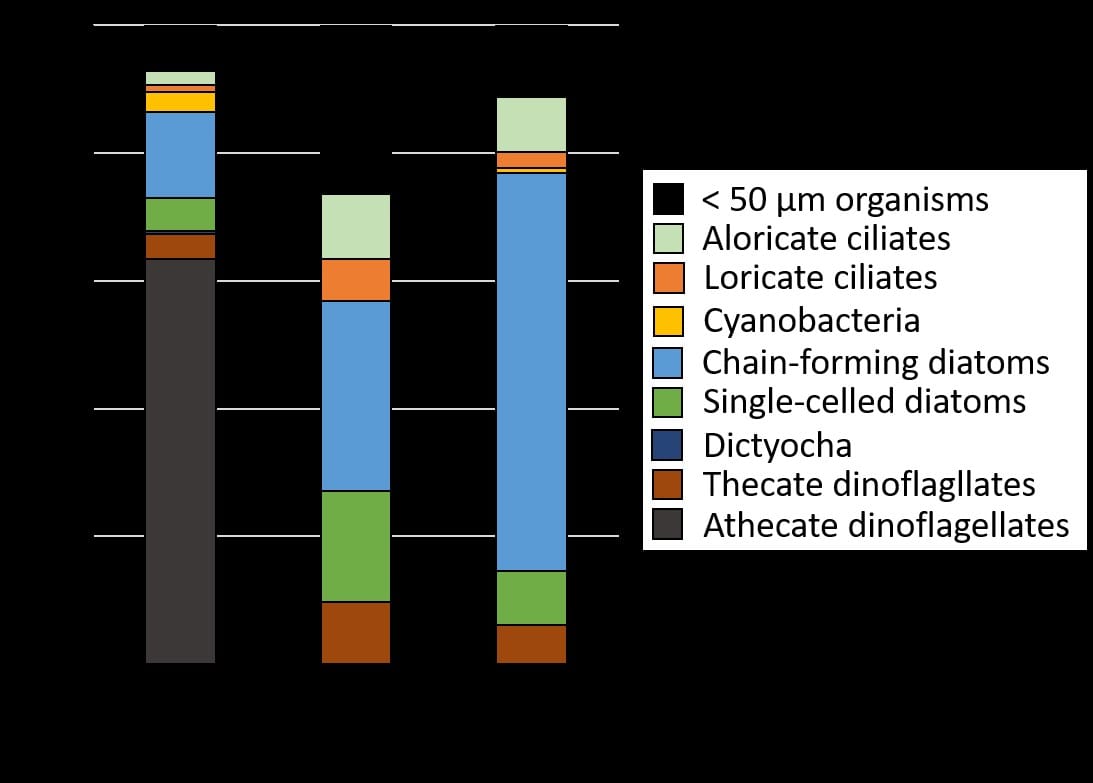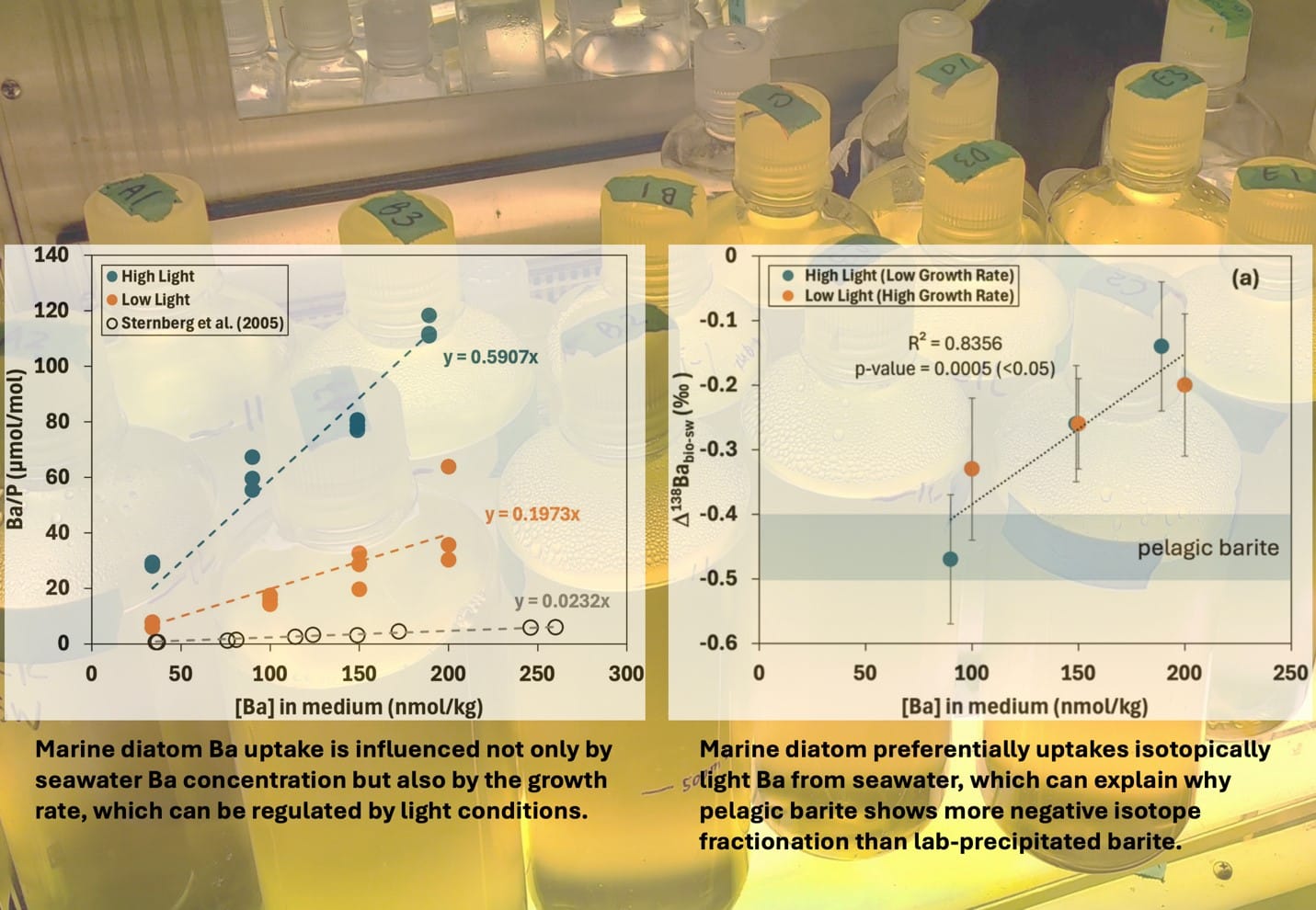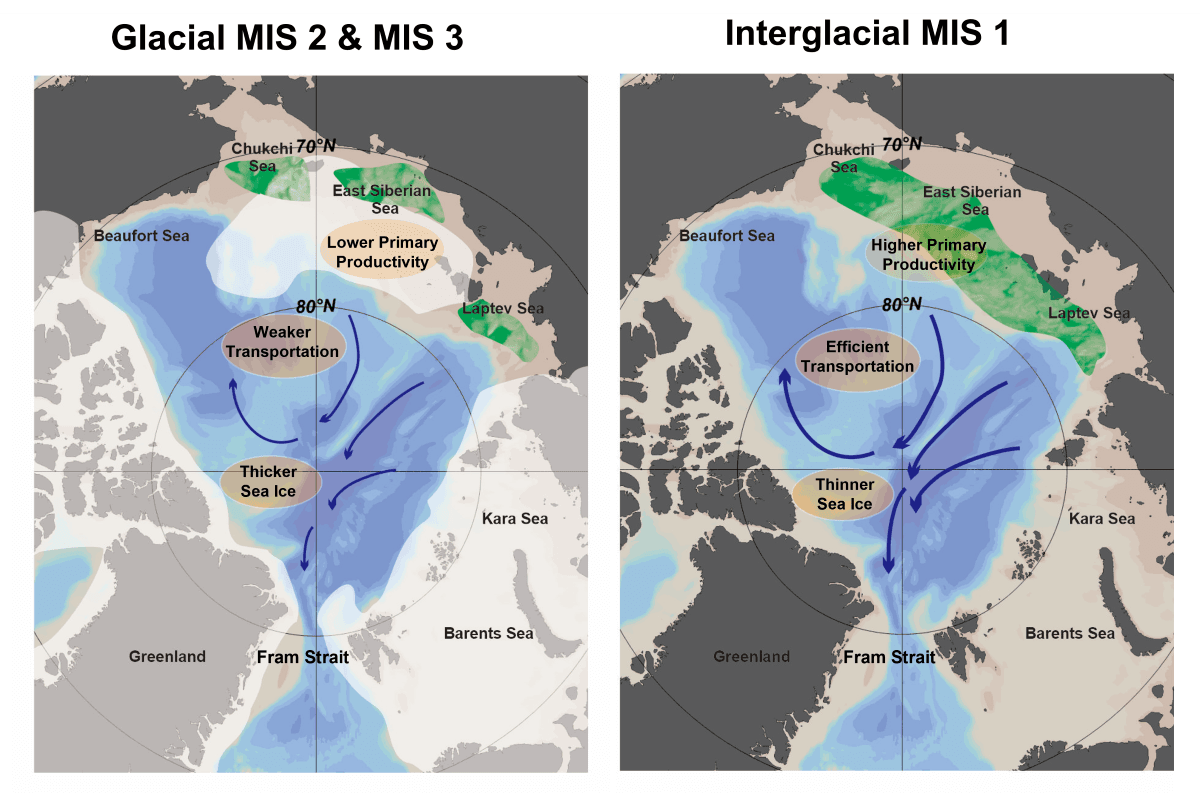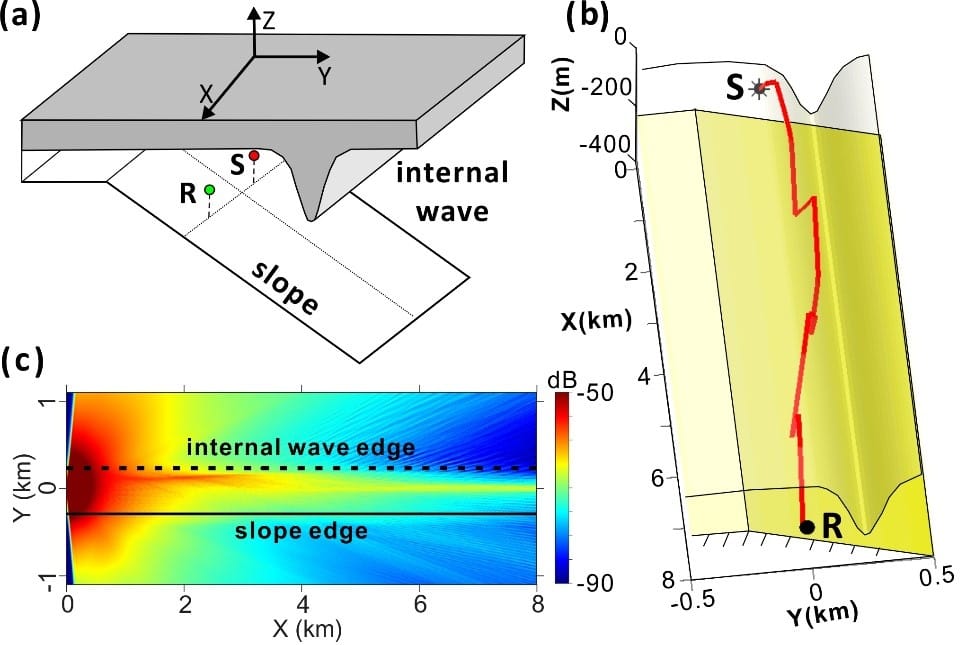[蕭仁傑]
透過幾年來在東海海域的調查,我們發現在實施禁止拖網的近岸處有極高的營養鹽濃度以及極低的溶氧濃度。底棲魚群的多樣性指標與營養鹽濃度呈負相關趨勢,與底層水的溶氧濃度則呈現正相關趨勢。在東海近岸海域捕獲的大多數魚體長偏小,在此顯示出個體存活率低。這些發現說明優養化造成之低氧環境限制東海近岸海域的漁業資源恢復力,因此在東海海域多重的漁業管理策略,包括捕撈的限制以及環境的改善都是必要考慮的地方。
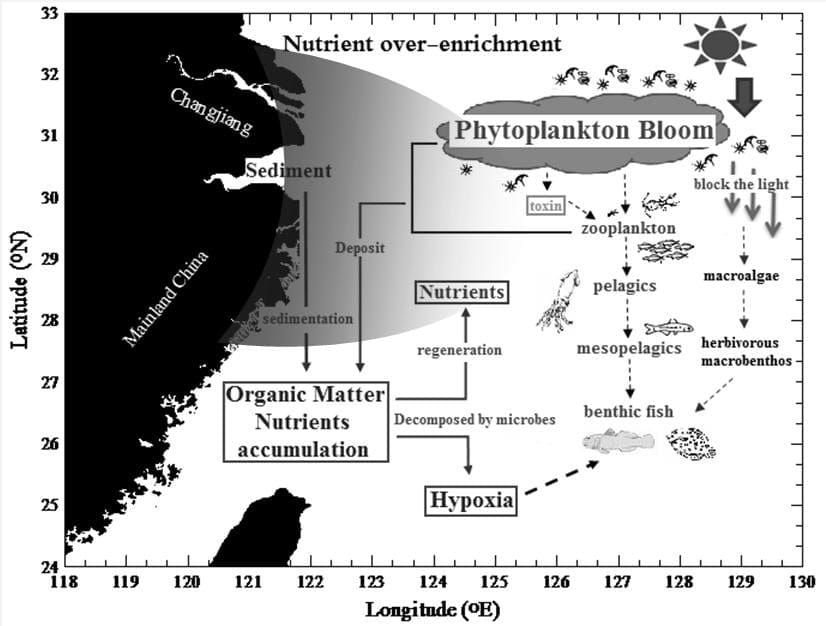
Through oceanographic surveys for several years, we find that the inshore area of the East China Sea, corresponding to the prohibited zone for trawling, had extremely high nutrient concentrations and low dissolved oxygen. The diversity index of demersal fish showed significantly negative correlations with nutrient concentrations and positive correlations with bottom-water dissolved oxygen. The inshore area of the East China Sea was heavily dominated by small-sized fishes, reflecting low survival of most fish species. These findings suggest that eutrophication and subsequent hypoxia could have limited fish population growth in the trawling prohibition area of the East China Sea despite of absence of fishery operations. Therefore, a multi-pronged fishery management plan that involves both fishing restriction and environmental improvement is urgently needed in the East China Sea.

